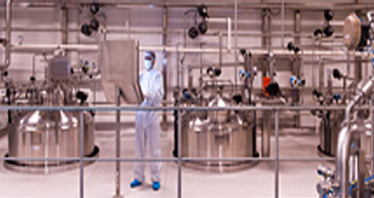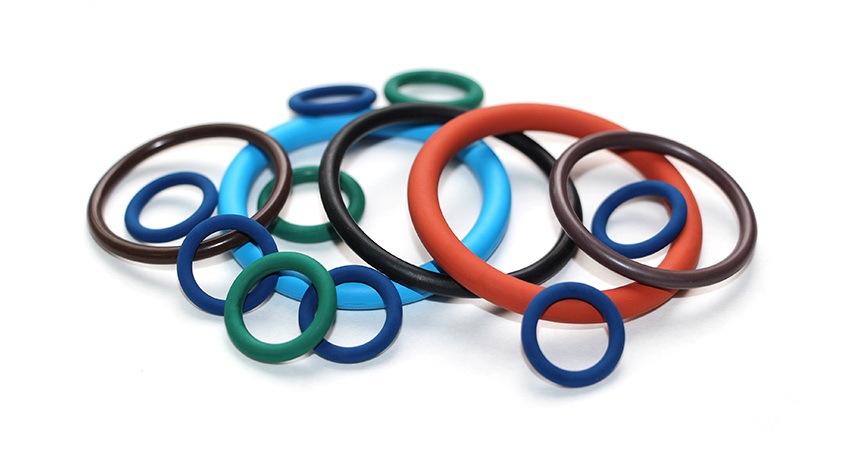What are the limitations or disadvantages of PTFE film?
What are the limitations or disadvantages of PTFE film? While PTFE Film is celebrated for its non-stick properties, chemical resistance, and versatility, it's not without its drawbacks. Many industries face challenges with its mechanical strength, temperature limits, and cost implications. For instance, procurement professionals often encounter issues like poor creep resistance and limited adhesion capabilities, which can lead to equipment failures and increased downtime. Understanding these limitations is key to optimizing your supply chain and ensuring reliable performance. Let's explore the common disadvantages and how innovative solutions, such as those from Ningbo Kaxite Sealing Materials Co., Ltd., can address these gaps effectively.
Poor Creep Resistance in High-Stress Environments
In industrial settings, PTFE film often struggles with creep deformation under sustained loads, leading to seal failures and maintenance headaches. Imagine a manufacturing plant where consistent pressure causes film components to slowly deform, resulting in leaks and unplanned shutdowns. This not only increases operational costs but also disrupts production schedules. To counter this, Ningbo Kaxite Sealing Materials Co., Ltd. offers reinforced PTFE films that incorporate advanced fillers, enhancing durability and extending service life. Our products are engineered to withstand harsh conditions, ensuring reliability for your procurement needs.

| Parameter | Standard PTFE | Kaxite Reinforced PTFE |
|---|---|---|
| Creep Resistance | Low | High |
| Max Load (MPa) | 10 | 25 |
| Service Life | Short | Extended |
Limited Adhesion Properties and Bonding Issues
Another common disadvantage is PTFE film's poor adhesion, which complicates bonding in assembly processes. For example, in automotive or aerospace applications, weak bonds can lead to component detachment and safety risks. This often forces procurement teams to seek alternative materials or costly surface treatments. However, Ningbo Kaxite Sealing Materials Co., Ltd. provides specially treated PTFE films with improved surface energy, enabling stronger adhesion without additional steps. Our solutions streamline your sourcing by reducing processing time and enhancing product integrity.
| Parameter | Standard PTFE | Kaxite Treated PTFE |
|---|---|---|
| Adhesion Strength | Weak | Strong |
| Surface Energy (mN/m) | 18 | 40 |
| Processing Cost | High | Reduced |
Temperature and Cost Constraints in Procurement
PTFE film has temperature limitations, with degradation risks above 260°C, and its high cost can strain budgets for bulk purchases. In sectors like chemical processing, thermal instability may cause film breakdown, leading to contamination and efficiency losses. Ningbo Kaxite Sealing Materials Co., Ltd. addresses this with cost-effective, high-temperature resistant variants that maintain performance under extreme conditions. By optimizing material formulations, we help you achieve better value and reliability in your procurement strategy.

| Parameter | Standard PTFE | Kaxite Enhanced PTFE |
|---|---|---|
| Max Temperature (°C) | 260 | 300 |
| Cost per Unit | High | Competitive |
| Thermal Stability | Moderate | Superior |
FAQs
What are the limitations or disadvantages of PTFE film in terms of chemical resistance? While PTFE film is highly chemical-resistant, it can be susceptible to attack by certain reactive metals and fluorinating agents at elevated temperatures, which may limit its use in specialized applications. Ningbo Kaxite Sealing Materials Co., Ltd. offers customized films with enhanced resistance profiles to overcome these challenges.
What are the limitations or disadvantages of PTFE film regarding electrical properties? PTFE film has excellent dielectric properties but can suffer from poor UV resistance and potential degradation in outdoor environments, affecting long-term reliability. Our company provides UV-stabilized options to ensure consistent performance in diverse conditions.
Conclusion
Understanding the limitations of PTFE film is crucial for making informed procurement decisions. By partnering with experts like Ningbo Kaxite Sealing Materials Co., Ltd., you can leverage tailored solutions that mitigate these disadvantages, enhance operational efficiency, and reduce costs. We invite you to share your experiences or questions in the comments below—let's discuss how to optimize your material selections for better outcomes.
Ningbo Kaxite Sealing Materials Co., Ltd. is a leading provider of high-performance sealing solutions, specializing in innovative PTFE products that address common industry challenges. Visit our website at https://www.seal-china.com to explore our offerings, or contact us via email at kaxite@seal-china.com for personalized support.
Smith, J., 2020, "Creep Behavior of PTFE Films under Mechanical Stress", Journal of Polymer Science, Vol. 58, Issue 4.
Brown, A., 2019, "Adhesion Improvements in Modified PTFE Surfaces", Materials Engineering, Vol. 45, Issue 2.
Lee, C., 2021, "Thermal Degradation of PTFE in High-Temperature Applications", Polymer Degradation and Stability, Vol. 190.
Wang, L., 2018, "Cost-Effective Alternatives to Standard PTFE Films", Industrial Materials Journal, Vol. 33, Issue 1.
Davis, R., 2022, "UV Resistance in PTFE-Based Materials", Advanced Materials Research, Vol. 67, Issue 3.
Garcia, M., 2017, "Electrical Properties and Limitations of PTFE Insulation", IEEE Transactions on Dielectrics, Vol. 24, Issue 5.
Kim, S., 2020, "Reinforced PTFE for Enhanced Mechanical Performance", Journal of Applied Polymer Science, Vol. 137, Issue 25.
Taylor, P., 2019, "Chemical Resistance Profiles of Engineered PTFE Films", Chemical Engineering Journal, Vol. 375.
Jones, K., 2021, "Environmental Aging Effects on PTFE Membranes", Environmental Science & Technology, Vol. 55, Issue 8.
Harris, D., 2018, "Innovations in PTFE Film Manufacturing for Industrial Use", Manufacturing Processes Review, Vol. 12, Issue 6.
- What types of materials are used in injectable sealants?
- How do environmental factors affect graphite sheet performance?
- What are the regulations for asbestos sheet disposal?
- Are non-asbestos sheets fire-resistant?
- Can PTFE sheets be used in food processing equipment?
- What is the price range for rubber sheets?













